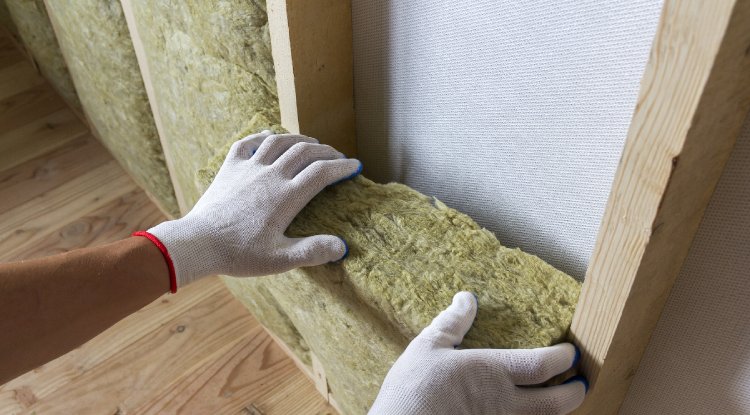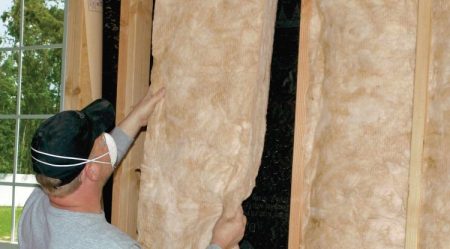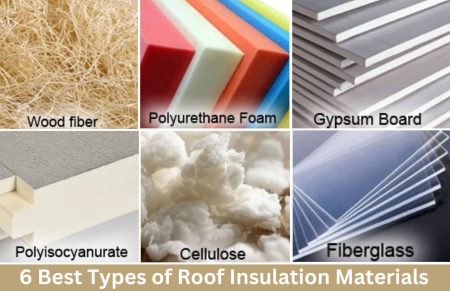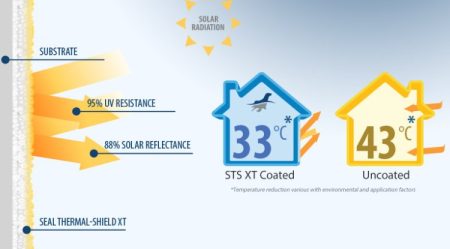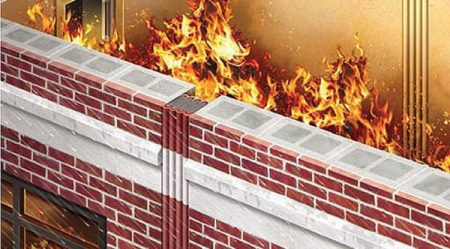DIY Fireproof Insulation Is it Possible?
Fireproof insulation is an essential component of any building’s safety features. It helps protect against the spread of fire, keeps people safe, and minimizes property damage. However, purchasing professional-grade fireproof insulation can be expensive. This has led many homeowners to wonder if it is possible to create DIY fireproof insulation. In this article, we will explore whether it is possible to make your own fireproof insulation and provide you with a step-by-step guide to creating it.
Before we dive into the DIY process, let’s get a better understanding of what fireproof insulation is and how it works.
What is Fireproof Insulation?
Fireproof insulation is designed to resist the spread of flames and smoke in the event of a fire. It is commonly used in homes and commercial buildings to help contain fires and prevent them from spreading. When installed correctly, fireproof insulation can slow down the spread of a fire or even extinguish it altogether.
Typically, professional-grade fireproof insulation is made from materials such as fiberglass, rock wool, and foam. These materials are designed to withstand high temperatures and are often treated with fire-retardant chemicals to further enhance their performance.
Can You Make Your Own Fireproof Insulation?
The short answer is yes; you can make your own fireproof insulation. However, it is important to note that creating fireproof insulation requires a lot of skill, knowledge, and the right tools and materials. If done incorrectly, DIY fireproof insulation can be hazardous and ineffective.
If you are up for the challenge, here is a step-by-step guide on how to create your own fireproof insulation:
Step 1: Choose the Right Materials
The first step in making your own fireproof insulation is to select the right materials. There are several options to choose from, including fiberglass, rock wool, and cellulose.
Fiberglass insulation is a popular choice because it is affordable and readily available. It is made from tiny glass fibers that are spun into wool-like batts or blown into walls, attics, and crawl spaces.
Rock wool, also known as mineral wool, is made from volcanic rock and steel slag. It is highly resistant to fire and can withstand temperatures up to 2,150 degrees Fahrenheit.
Cellulose insulation is made from recycled paper products and treated with fire-retardant chemicals. It is a popular choice for those looking for an eco-friendly option.
Step 2: Add Fire-Retardant Chemicals
Once you have chosen your insulation material, the next step is to add fire-retardant chemicals. These chemicals help enhance the insulation’s resistance to fire and slow down the spread of flames.
There are several fire-retardant chemicals available on the market, including borax, boric acid, ammonium sulfate, and hydrated aluminum silicates. Be sure to carefully follow the manufacturer’s instructions when adding these chemicals to your insulation material.
Step 3: Mix and Apply
After adding the fire-retardant chemicals, it is time to mix and apply your DIY fireproof insulation.
Mixing and applying insulation can be messy, so be sure to wear protective clothing and a mask. Mix the insulation material and fire-retardant chemicals in a large container until fully combined. Then, using a spray gun or hose, apply the insulation to the desired area.
Step 4: Let It Set
Once applied, let the fireproof insulation set for the recommended amount of time. This will vary depending on the type of insulation material used.
Step 5: Test Its Effectiveness
Before relying on your DIY fireproof insulation, it is important to test its effectiveness. You can do this by lighting a small flame near the insulation to see how well it resists ignition and slows down the spread of flames.
It is important to note that DIY fireproof insulation may not be as effective as professional-grade insulation. If you have any doubts about the safety of your DIY fireproof insulation, it is best to consult with a professional.
Conclusion
In conclusion, while it is possible to make your own fireproof insulation, it requires a significant amount of skill and knowledge. If you are up for the challenge and follow the steps outlined above, you can create your own fireproof insulation. However, if you have any doubts about the safety or effectiveness of your DIY insulation, it is best to consult with a professional.
When searching for information on fireproof insulation, it is important to use relevant keywords to ensure you find the most helpful resources. Some popular keywords related to this topic include “DIY fireproof insulation,” “fire-resistant insulation,” “how to make fireproof insulation,” and “home fire safety.” By using these keywords in your search, you can find articles and resources that provide valuable information on fireproof insulation.


